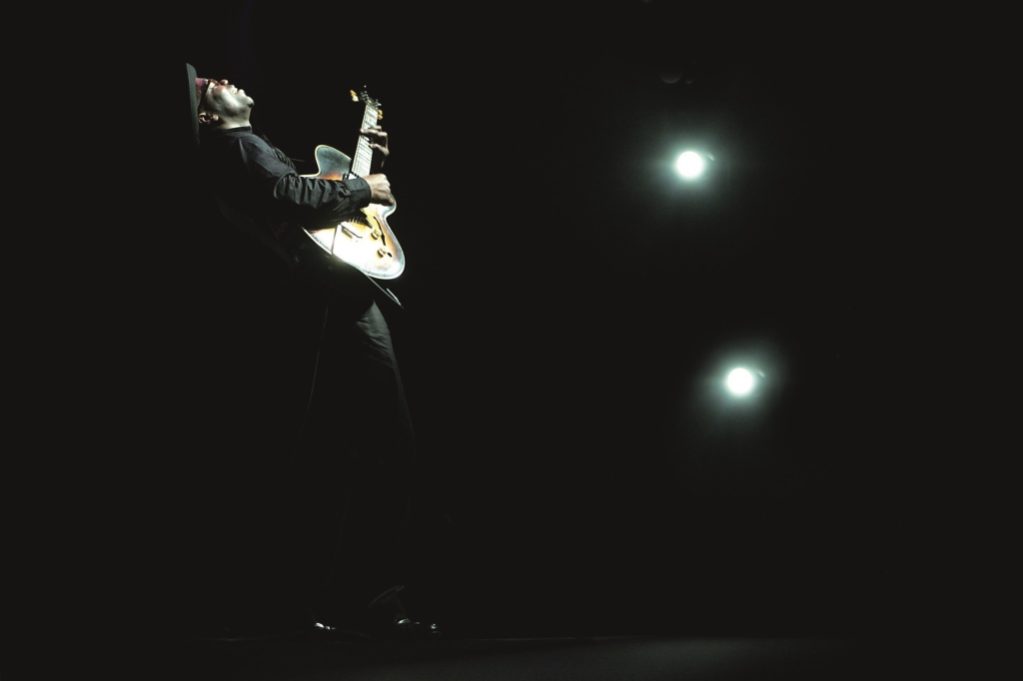The tradition of 40 years of arts brought an economic boost to the Eastern Cape, the poorest province of South Africa.
The National Arts Festival in Grahamstown saw its best ever ticket sales of more than $650,000. The local economy received nearly $31.6 million.
“The biggest growth this year came from sales on the main program, attributable largely to an expanded program aimed to commemorate the festival’s 40th birthday, and from attendance at a greatly increased number of free performances and activities aimed at the broader Grahamstown community,” says Tony Lankester, the festival’s CEO.
The two-week event in July saw artists from 40 countries stage over 2,500 performances.

Loading...
The festival created short-term jobs for local people. In 2011, Grahamstown was among the poorest places in South Africa, with an unemployment rate of more than 70%.
Lankester says organizers received nearly 1,500 job applications for the 470 posts at the festival. Most jobs were for technicians, cashiers, cleaners and theater ushers. A majority of those that were employed survive with casual jobs for the rest of the year.
“Other festivals around the world have strong volunteer pools. We have taken a position that we don’t want volunteers. It would be immoral in Grahamstown to ask people to work for free. This is their livelihood. This is the important part of our budget and what we do. That’s the direct employment and the biggest beneficiaries of an event like this are the hospitality industry, petrol stations and restaurants.”
Lankester says organizers feel pressure to create more jobs.
“Because we appear to be this massive rich entity, we punch above our weight in many respects. People expect us to do more,” he says.
In February, festival organizers launched a Creative City project that ran all year round, to stimulate grassroots art projects around Grahamstown.
“One can always argue we should do more, but as an NGO ourselves, there’s a limit to what we can achieve in just two weeks,” he says.
“Planning for 2015 is already underway with the proposals currently open. Between now and then, we have the inaugural Cape Town Fringe in September 25 to October 5, which will give us another opportunity to showcase some of the best performances South Africa has to offer,” says Lankester.
Anyone who saw the dance performance Cargo: Precious and Nile and the theater production Ubu and the Truth Commission will agree with this.
From Nasty Kingdom To The Welcome Mat

The Grahamstown National Arts Festival has transformed itself from being a Rhodes University’s small Shakespeare festival to Africa’s largest, and arguably the world’s second largest, celebration of the arts.
“In the early stages of the festival, Grahamstown people resented outsiders, they were really nasty and they didn’t want their kingdom to be invaded. It didn’t matter what color you were. But the festival organizers said to artists, ‘even if you are banned in Cape Town, wherever, you can come to Grahamstown,’” says Adrienne Sichel, a veteran arts critic.
This year the 11-day festival had 225,538 attendees.
Nomhle Nkonyeni, a legendary Eastern Cape performing artist, was one of the first black actors to be invited to the festival in 1985. The festival honored her with the Standing Ovation award in 2013.
Nkonyeni has retired as a performer and returned home to Port Elizabeth to lend a hand in community theater.
“I am grateful for the growth of the Grahamstown festival. We are coming a long way. But we are still struggling as the community-based theater and the R20,000 government grant cannot take you anywhere. How do you stage a production on that?” she says.
Nkonyeni urged grassroots artists not to give up, citing her experience with director Athol Fugard in the 1960s. While she was humbled at being recognized last year, she is proud that her career started in community theater.
Loading...
